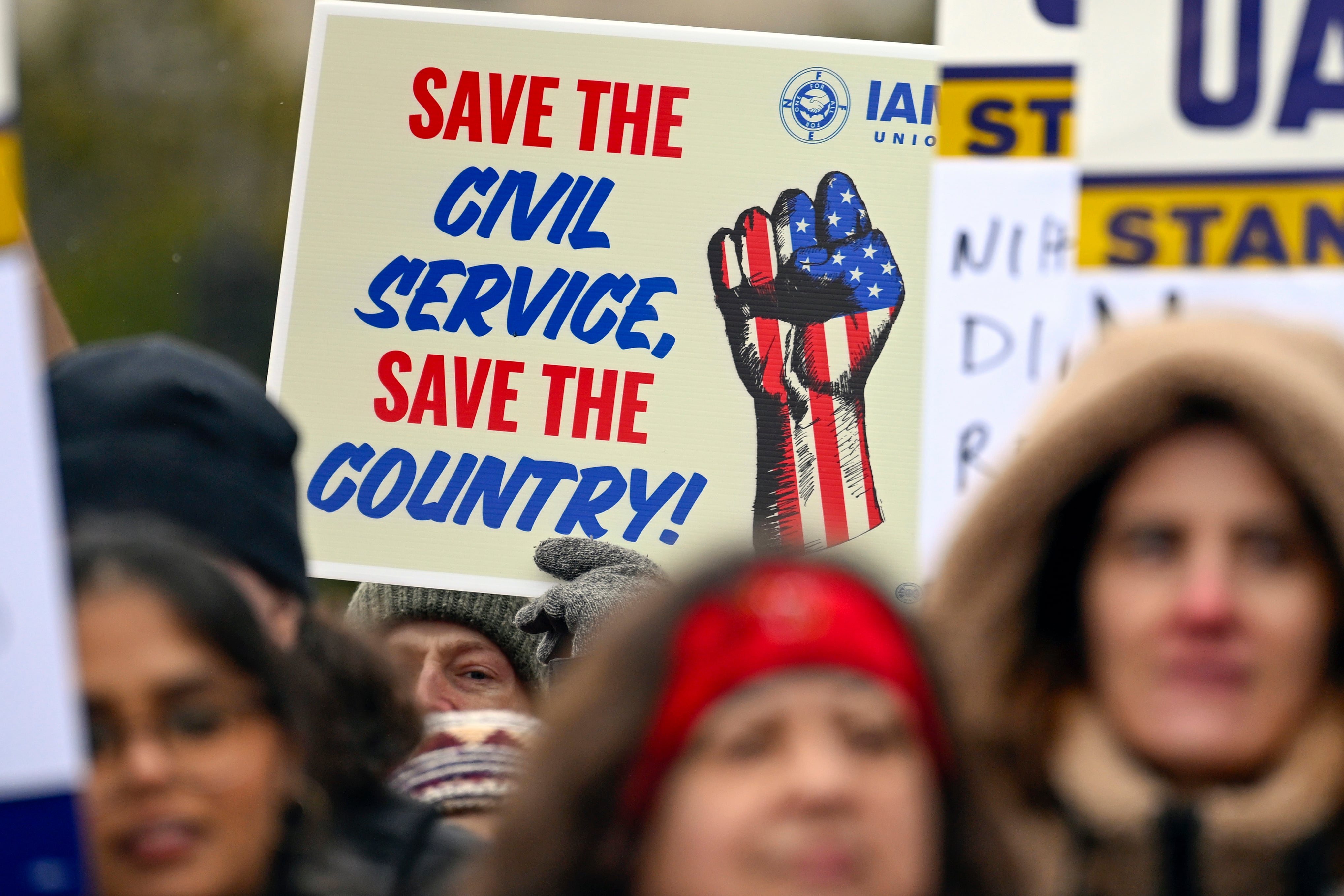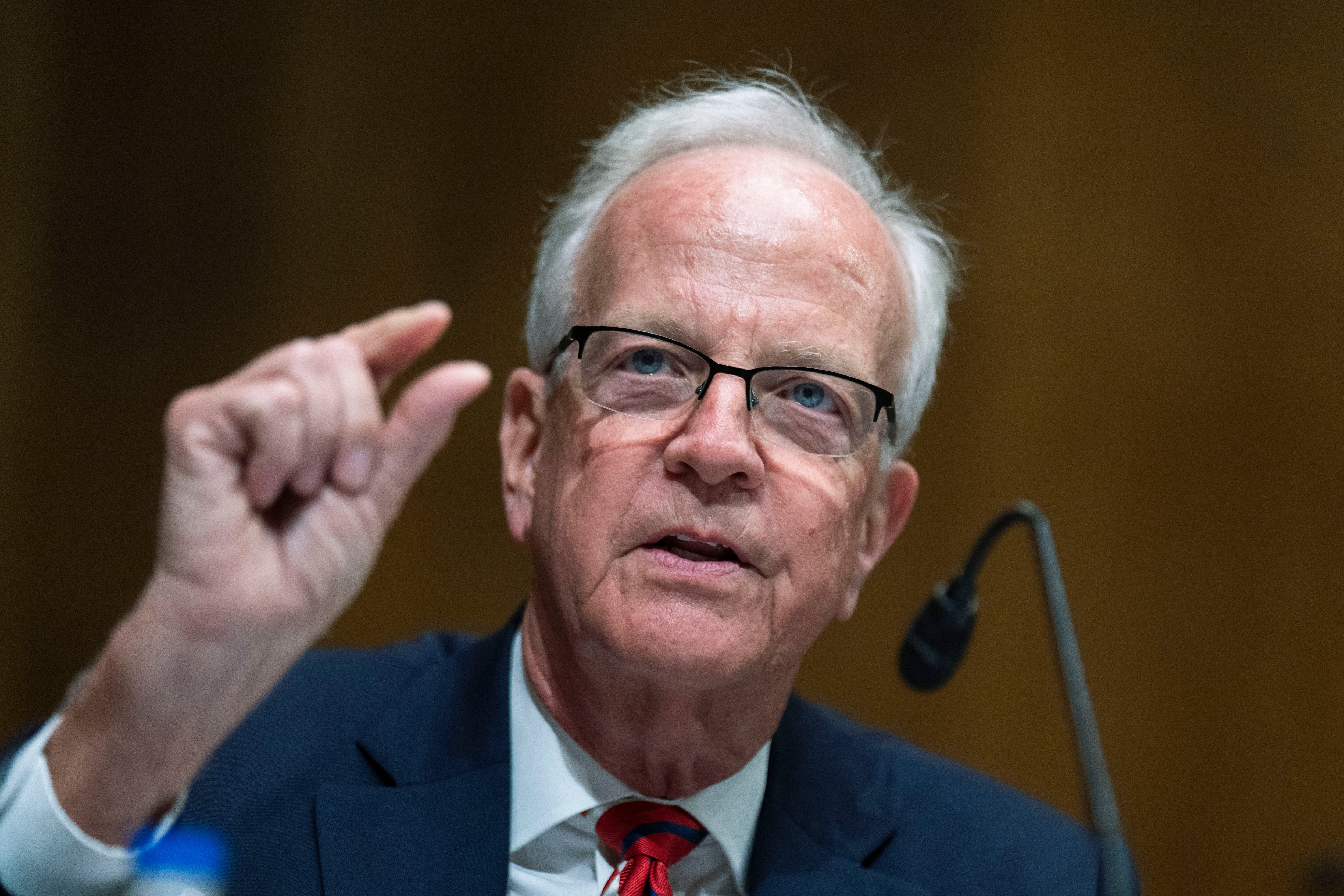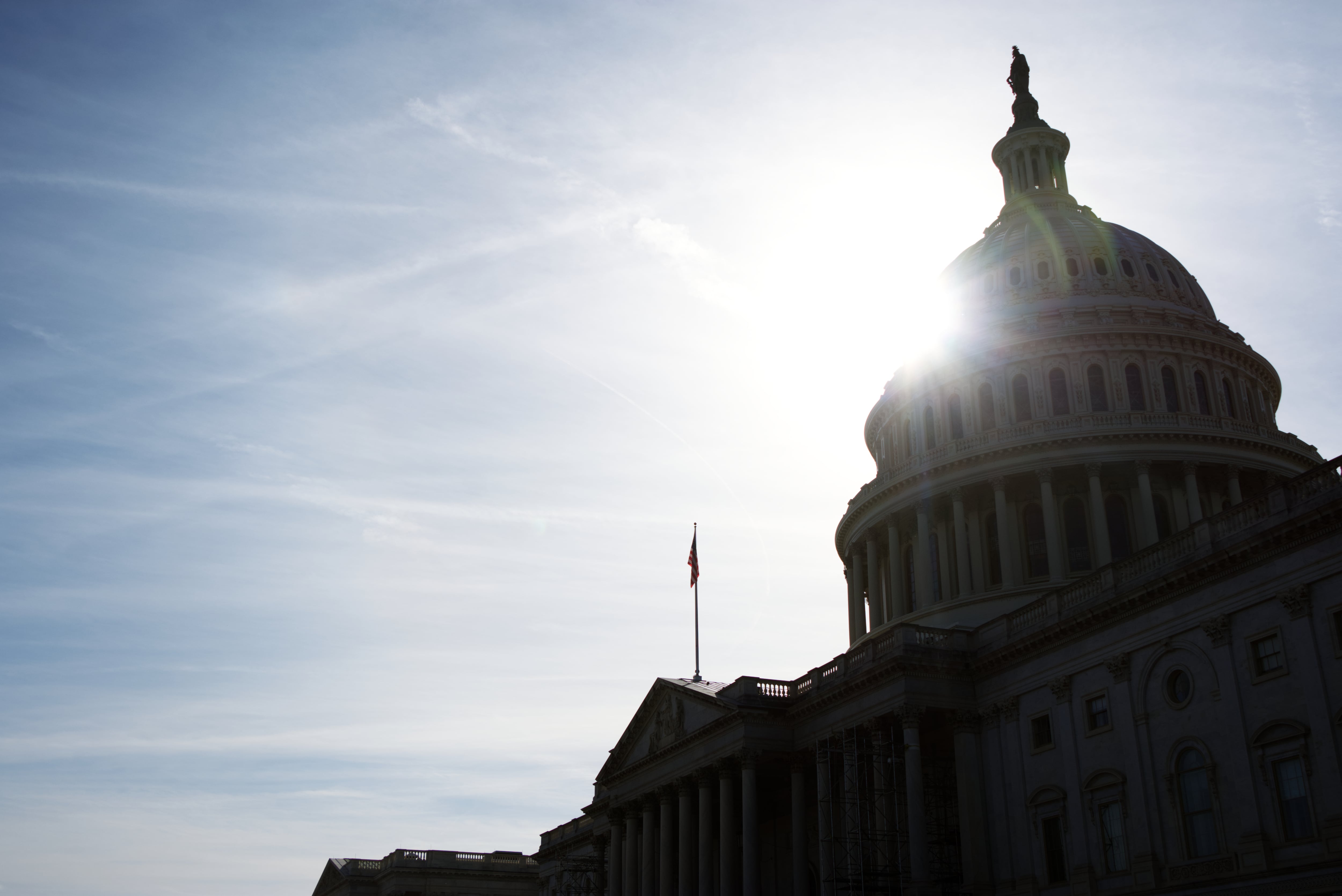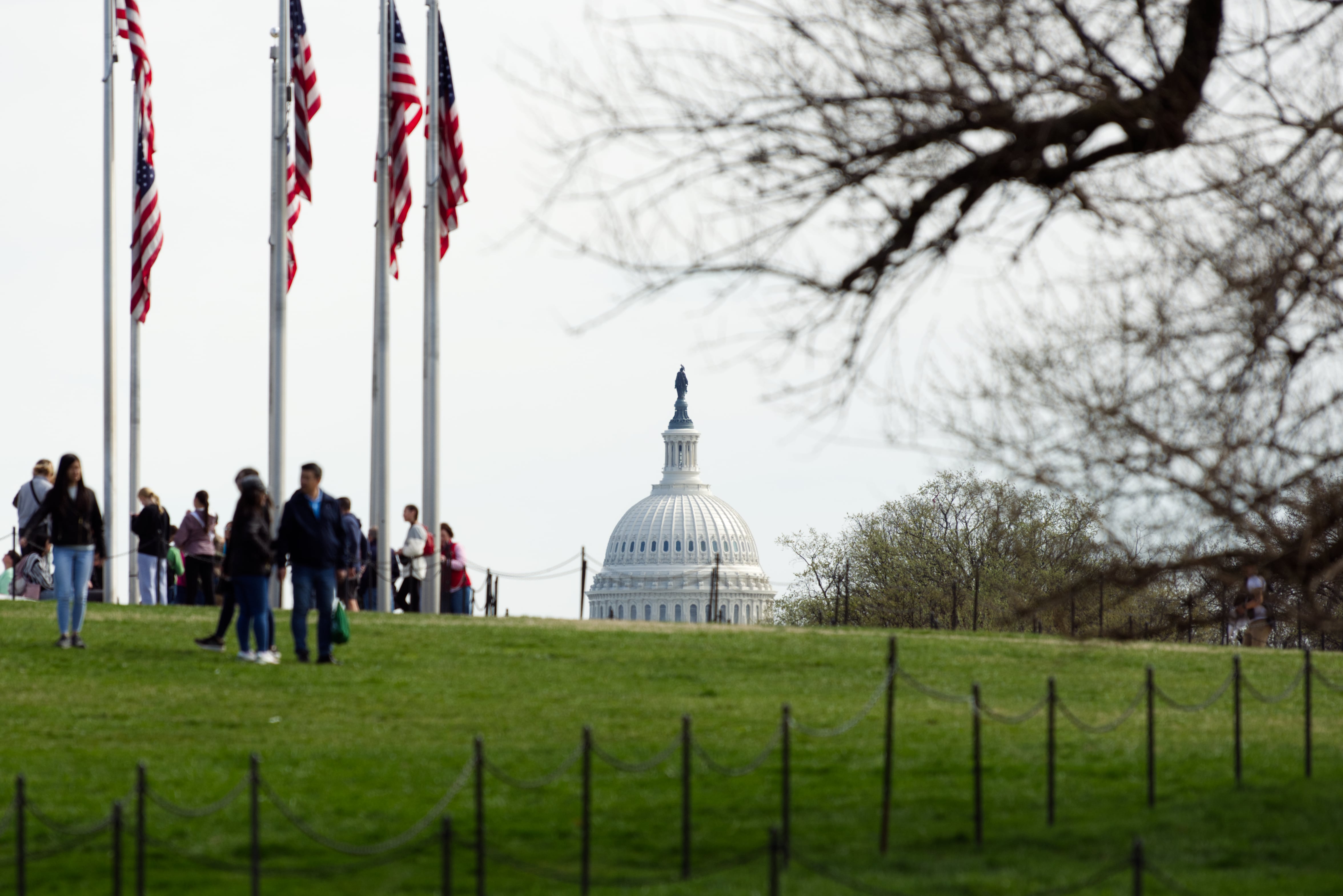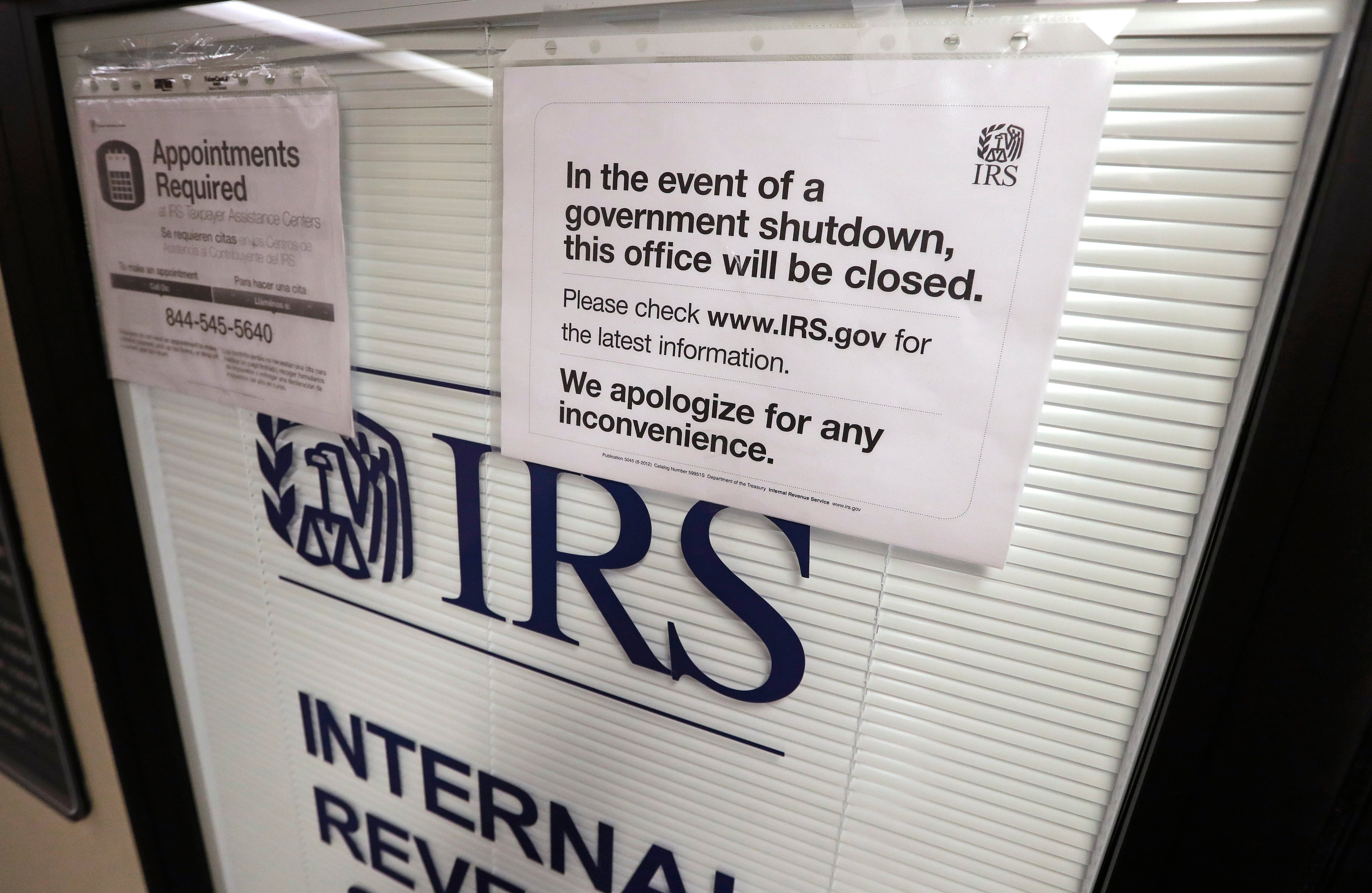The National Institutes of Health, Maryland officials and a federal advisory board are clashing over an issue dear to federal employees – how many parking spaces can an agency provide?
The dispute has local officials calling on the NIH to limit their parking spaces at their Bethesda, Maryland, campus saying it causes traffic problems, while agency officials say the parking is needed to continue the critical work the agency does.
When the NIH put the finishing touches on its new master plan it called for adding 1.6 million square feet of research and administrative space and consolidating 3,000 employees from the area on to its 310-acre Bethesda, Maryland campus.
On April 2 that new plan was rejected by the National Capital Planning Commission (NCPC), the federal-local partnership that helps guide development in the Washington, D.C. area.
The reason? Too many parking spaces.
Overall the agency would add 1,000 new parking spaces to the campus, breaking the ratio agencies navigate for any new projects or large-scale renovations – one parking spot for every three employees in the suburban area. The NIH campus plan has 1 parking spot for every 2.4 employees.
The ratio stems from the comprehensive plan the NCPC uses for all new and existing developments in the suburban Washington area, covering everything from parking and transportation plans to green space, historic preservation and visitor facilities. Agencies within Washington, D.C. must adhere to stricter parking ratios.
Elected officials at all levels are getting in on the controversy. Rep. Chris Van Hollen, D-Md., members of the Maryland state legislature and Montgomery County Council, wrote a letter stating their disappointing in the parking ratio submitted by the NIH and said the new spots will result in greater traffic congestion.
Montgomery County Councilmember Roger Berliner sending a letter to the NIH telling the agency to encourage employees to take the metro or find other ways to avoid adding parking.
"By far the single biggest negative impact that NIH has on our community is traffic generation," they wrote. "Traffic congestion is more than a simple matter of driver inconvenience, it is actually a serious quality of life issue, an environmental issue, and an economic competitiveness issue."
On April 14, the NIH responded to those concerns: We are not the problem, you are.
NIH Director Francis Collins wrote in a letter April 15 that traffic studies commissioned by the NIH showed the vast increase in traffic has come from the high-density development in downtown Bethesda, as well as the traffic generated from the dense, nearby neighborhoods in Washington, D.C.
The agency also said it has taken steps to dramatically decrease its traffic footprint, including reducing its peak-hour single-occupancy car trips by 55 percent. It has also donated some of its campus land to help widen nearby roads and streets, according to the agency.
The NIH pushed back on the NCPC parking ratio as well, saying that the two agencies had signed a memorandum of understanding in 1992 for a parking ratio of one spot for every two employees, and that it had constructed parking facilities in accordance with that. NIH officials have also pointed out that while the NCPC rules are mandatory within Washington, D.C., they are only advisory in the surrounding areas, meaning the NIH does not have to follow them.
And mass transit is not a viable option for the many employees who work night shifts, during snow storms and at odd times in its 250-bed hospital facility or 24-hour research labs, according to the NIH.
The Bethesda area is also too expensive for many of its employees, according to the agency, which makes living nearer to the campus even harder. The NIH said the luxury apartments Bethesda boasts about on its municipal websites are unaffordable.
"The website describes numerous high-rise construction projects boasting luxury apartments that will be unaffordable for nearly all NIH and Walter Reed employees," Collins said.

